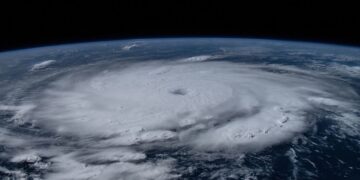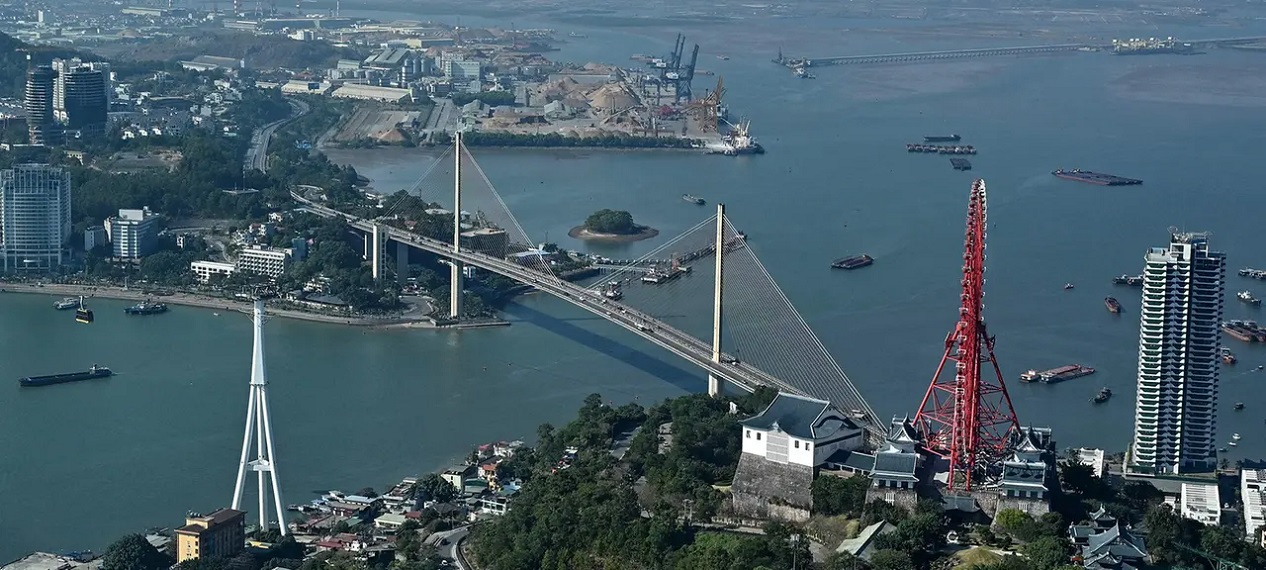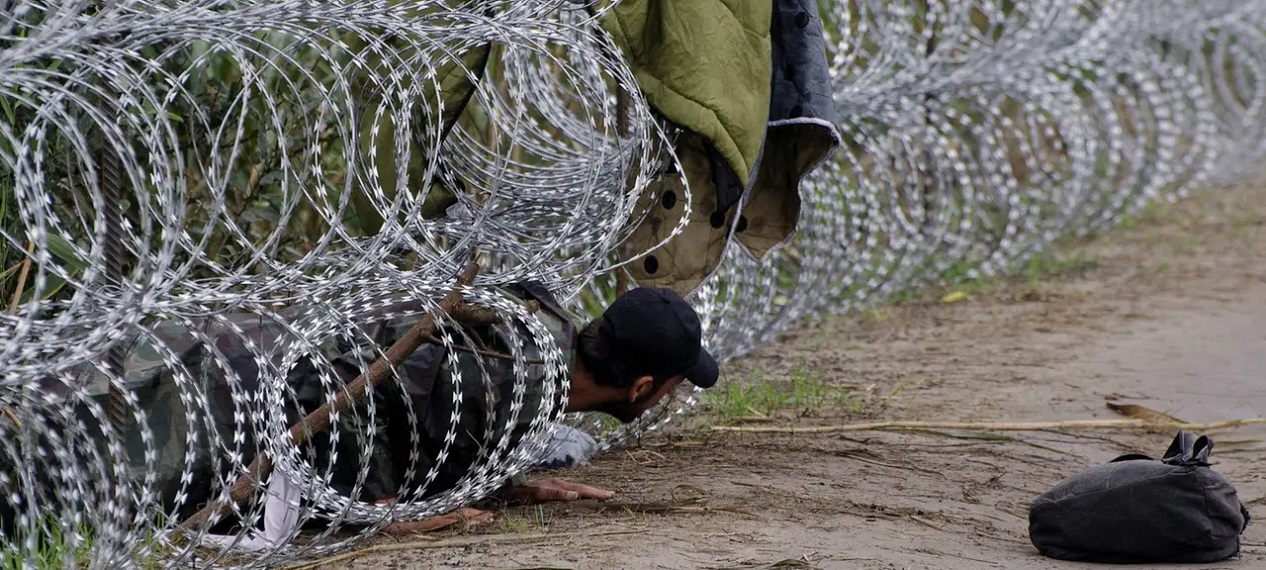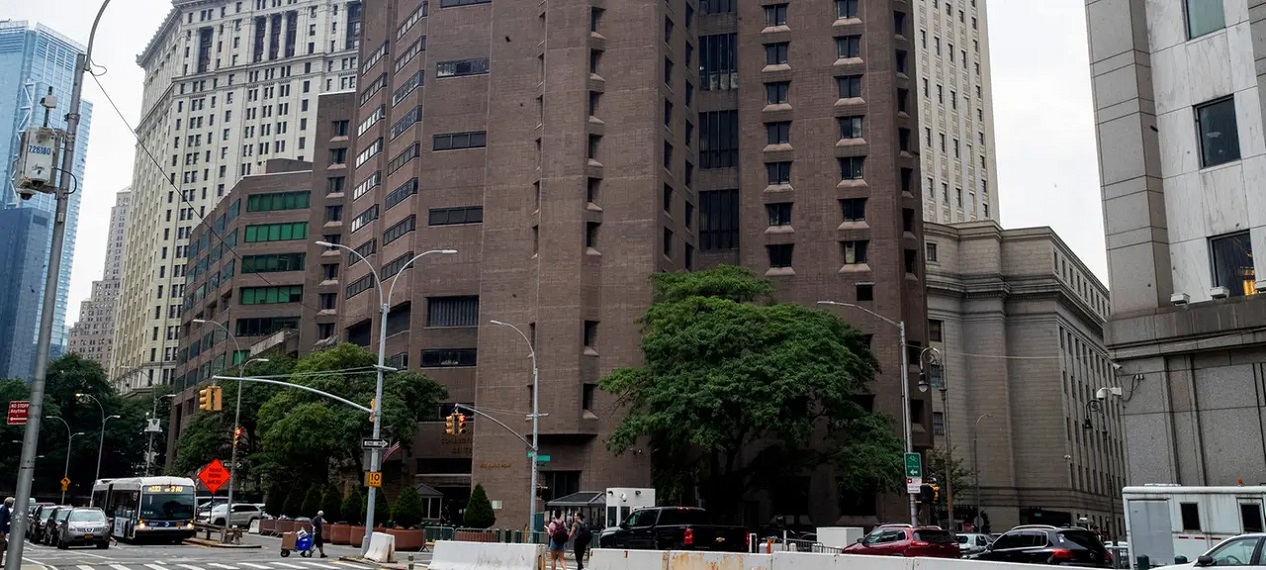Vietnam’s Successful “Bamboo Policy”
The skillful balancing act between completely different partners has placed Vietnam in a key position for the region. And the country benefits enormously from this, especially economically. In Hanoi, the powerful come and go. Just last year, the two most powerful politicians, US President Joe Biden and Chinese President Xi Jinping, paid a visit.
It is fascinating to observe how this emerging country in Southeast Asia, with a population of almost 100 million, is courted by the big players.
Vietnam has entered into a “comprehensive strategic partnership” with the United States, the highest diplomatic relationship status. Shortly thereafter, it agreed with China to build a “shared future.” And apparently, all partners are okay with that.
Vietnam manages to focus on cooperation in each case and downplay tensions. And in addition, it forms alliances with other important partners, such as Japan, thereby expanding its own network.
“Vietnam does not want to choose between the powers but be friends with everyone in its own interest. It can use the rivalry to its advantage,” analyzes Huong Le Thu from the non-governmental organization International Crisis Group, as reported by Channel News Asia.
Vietnam is a strategic partner for all
Hanoi’s foreign policy is often referred to as the “bamboo policy”: flexible and adaptable in all directions, but not easy to break like a bamboo stick.
In recent years, political observers have seen Vietnam taking on a more active role: the country’s multi-directional foreign policy consists of building a network of different partners to keep China in check. “Vietnam manages the great powers,” says Ngyuen Khac Giang, Vietnam expert at the Singapore research institution ISEAS in an interview with ARD.
China and Vietnam share the ideology; both are communist regimes, authoritatively ruled one-party systems. They also use their relationship to legitimize each other.
However, Vietnam, which was once an ally of the Soviet Union in the 1970s and 1980s, has a still tense relationship with its large northern neighbor. Vietnam continues to be in conflict with China over territorial claims in the South China Sea and China’s increasingly aggressive actions. There is mistrust towards the northern neighbor.
Therefore, the US is of great importance as a partner in the region in terms of security policy. The Americans, once enemies during the war fifty years ago, have now been declared friends by the victorious Vietnamese.
Growing population, rapid development
The socialist republic stretches as a narrow country along the western coast of the South China Sea. The capital, Hanoi, is in the north, while the economic metropolis, Ho Chi Minh City, formerly known as Saigon, is in the south.
Nearly 100 million people live in Vietnam. The population is predominantly young, with the largest proportion being the 30 to 34-year-olds. The society is considered education-oriented and ambitious. The streets are usually bustling, and red national flags with a yellow five-pointed star are sold everywhere.
The socialist republic is experiencing rapid development. Economic growth was five percent last year, higher than many others. It is considered one of the most dynamic economies in Southeast Asia. That is why it is courted by everyone, including Europe.












